New Qi2 Chargers Are Here | What This Means For Your iPhone
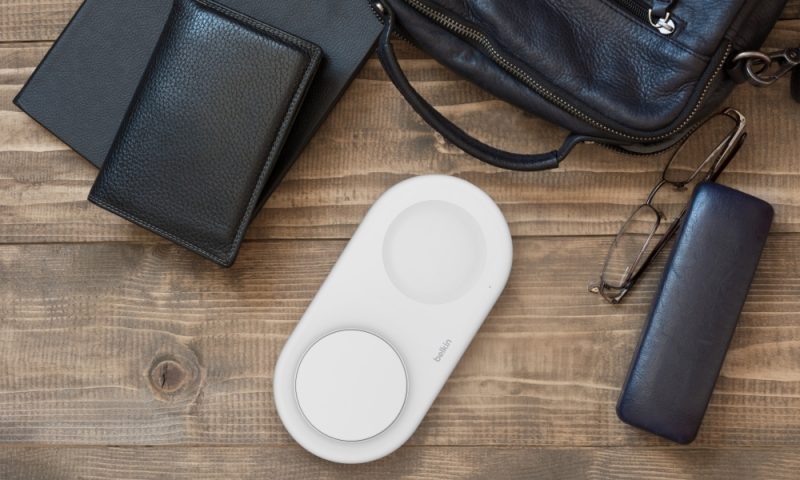
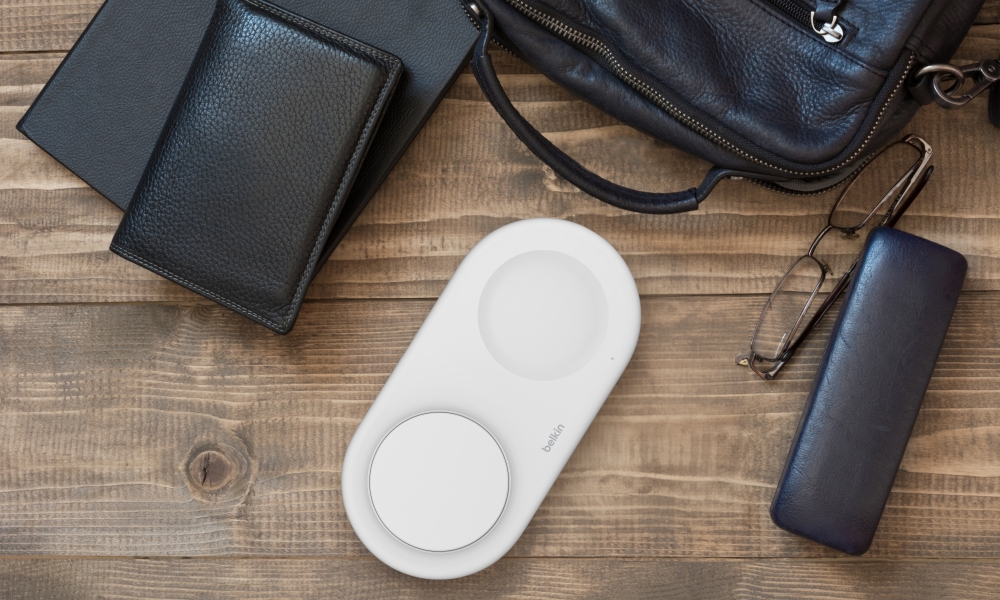 Credit: Belkin
Credit: Belkin
The days of buying proprietary Apple-certified MagSafe chargers to get the fastest wireless charging will soon be behind us. Last year, a new Qi2 open standard promised to pave the way for 15-watt wireless charging without MagSafe, and this week’s Consumer Electronics Show (CES) heralded the arrival of a wealth of options to support the new Qi2 standard.
We saw some hints of new Qi2 chargers last August, but CES 2024 has blown the doors wide open, with everyone from big players like Belkin to smaller Chinese OEM companies delivering chargers and battery packs to support the new standard.
While many of the accessories announced at CES may still not be shipping for a few weeks, there are some you can grab now from popular brands like Anker, from 3-in-1 stands to battery packs.
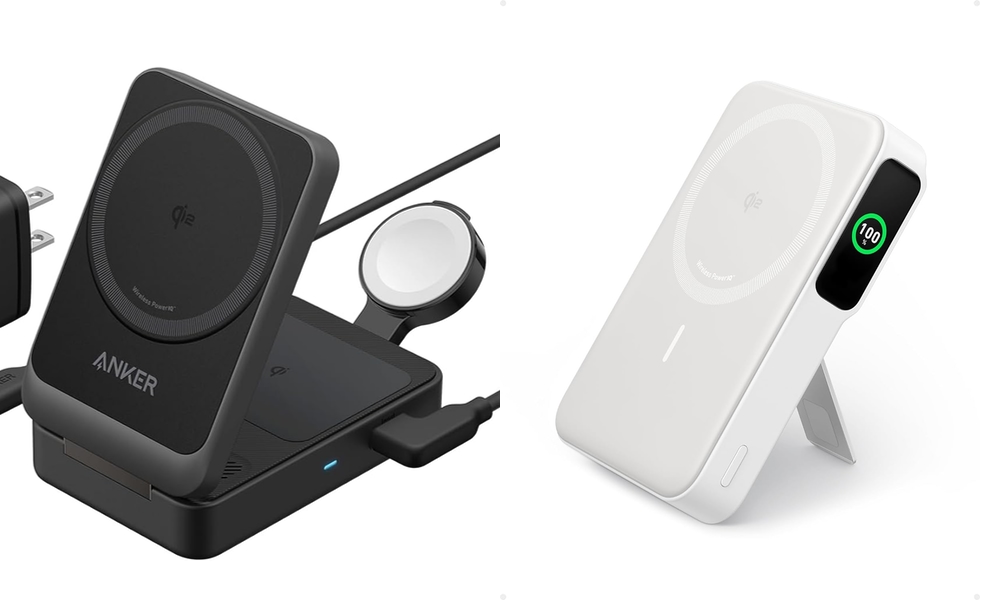
It’s a safe bet that by this spring, we’ll have plenty of options — and by the end of 2024, “MagSafe” may even be a thing of the past as Qi2 takes over.
In fact, not only do the new Qi2 charging stands support the same full-speed charging capabilities for recent iPhone models as MagSafe ones, but many come with a fun new twist — literally.
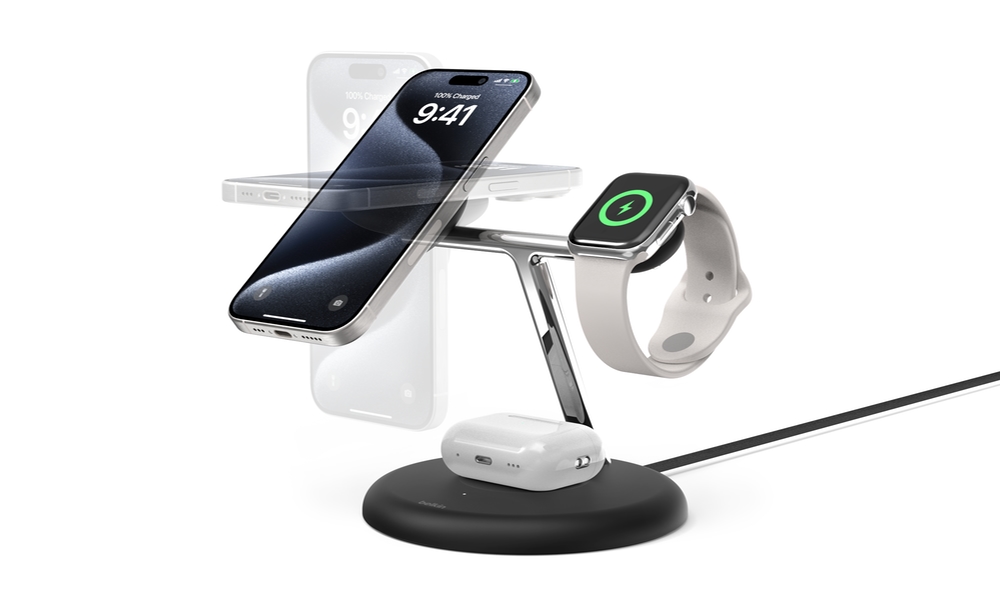
For example, Belkin’s new BoostCharge Pro 3-in-1 Magnetic Stand has a feature that the nearly identical MagSafe version doesn’t: you can now rotate the charging disc to tilt it up or down. That’s something we’ve never seen on a MagSafe stand, suggesting that Apple’s MFi program rules forbade it.
What is Qi2?
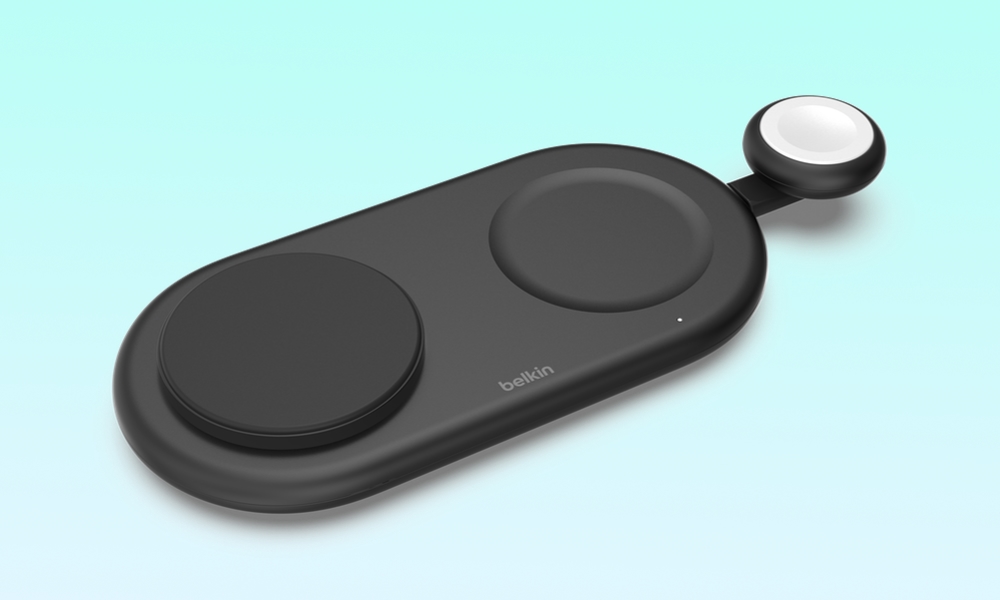
Qi2 (pronounced “chi-two”) is an evolution of the Qi wireless charging standard that was developed by the Wireless Power Consortium (WPC) years ago.
The Qi standard includes two charging profiles: the Baseline Power Profile (BPP), which offers only five-watt charging, and the Extended Power Profile (EPP), which can handle charging rates up to 15 watts.
However, Apple has always limited Qi EPP charging to 7.5 watts, and even that took until iOS 11.2 to arrive, two months after the iPhone X and iPhone 8 lineups brought wireless charging to the iPhone.
For years, this left the iPhone as one of the slowest among smartphones capable of wireless charging. Most of Samsung’s phones could easily reach 15W EPP charging, and others like OnePlus and Google pushed that even higher using proprietary technologies.
However, there was seemingly a method to Apple’s madness when it came to limiting charging speeds to only 7.5 watts. The Qi charging pads of the prior decade tended to care little where you placed your smartphone; they were designed to conveniently drop your device anywhere near the charging coils to keep things simple.
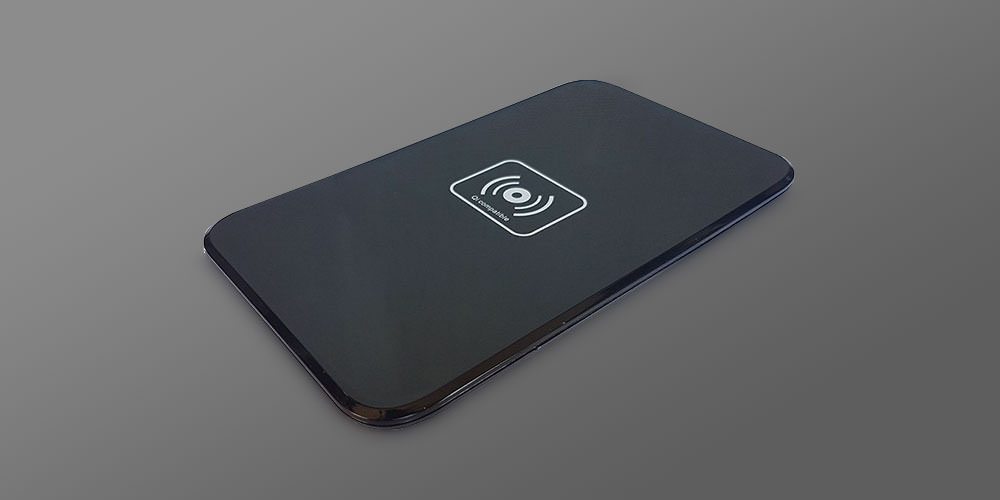
However, the problem with this approach is that wireless charging is already shockingly inefficient, and misaligned coils amplify that problem significantly, wasting more energy and generating more heat.
Since 15-watt charging has the potential to generate twice as much heat as 7.5-watt charging, Apple was seemingly concerned both about potential damage to the iPhone and the environmental impact of needless power consumption — tests have shown that setting your phone down “slightly wrong” on a charging pad can easily use 80 percent more energy than making sure the coils line up.
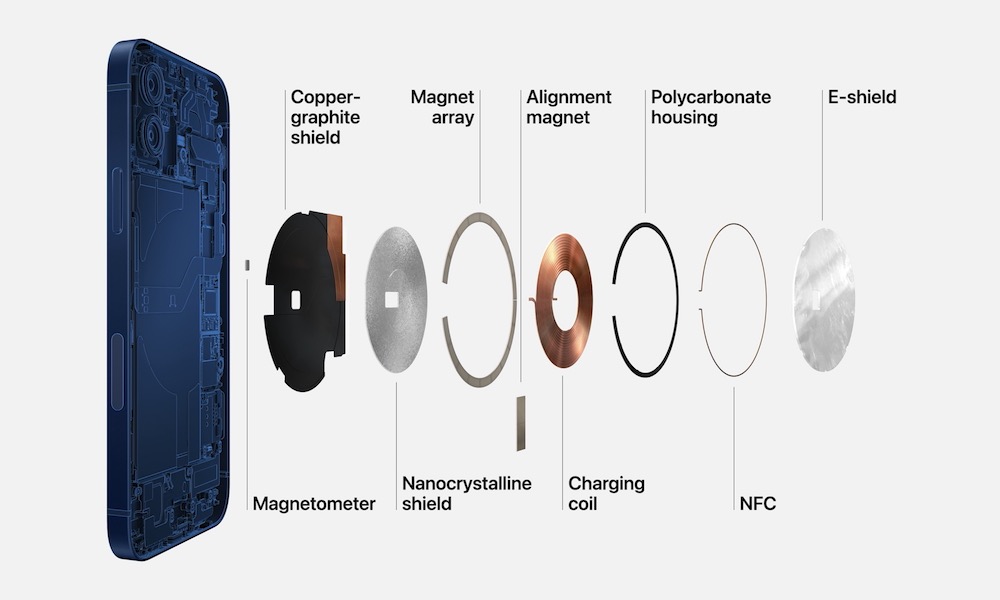
Apple’s answer to this was MagSafe, a ring of magnets that would ensure that the coils always aligned when charging. While this doesn’t solve all the inefficiencies of wireless charging — a 20W wired charger still juices up your iPhone twice as fast as a 15W MagSafe charger — it ensures no more power is wasted and no more heat generated than absolutely necessary.
However, contrary to the belief that Apple just wanted to sell more MagSafe accessories — either directly or through its MFi licensing program — it seems the iPhone maker really did have good intentions. A couple of years ago, it began working with the WPC on an “open” version of MagSafe that would come to be known as the Qi2 Magnetic Power Profile (MPP).
The Qi2 MPP standard was not something the WPC came up with on its own. Apple has been a member of the WPC for years, and the Consortium specifically acknowledged Apple’s contribution, saying it “provided the basis for the new Qi2 standard building on its MagSafe technology.”
In other words, Apple “open sourced” MagSafe to allow anybody to build certified chargers through the proper standards body — the WPC — rather than being confined to its own MFi program members.
Will All MagSafe iPhones Work with Qi2 Chargers?
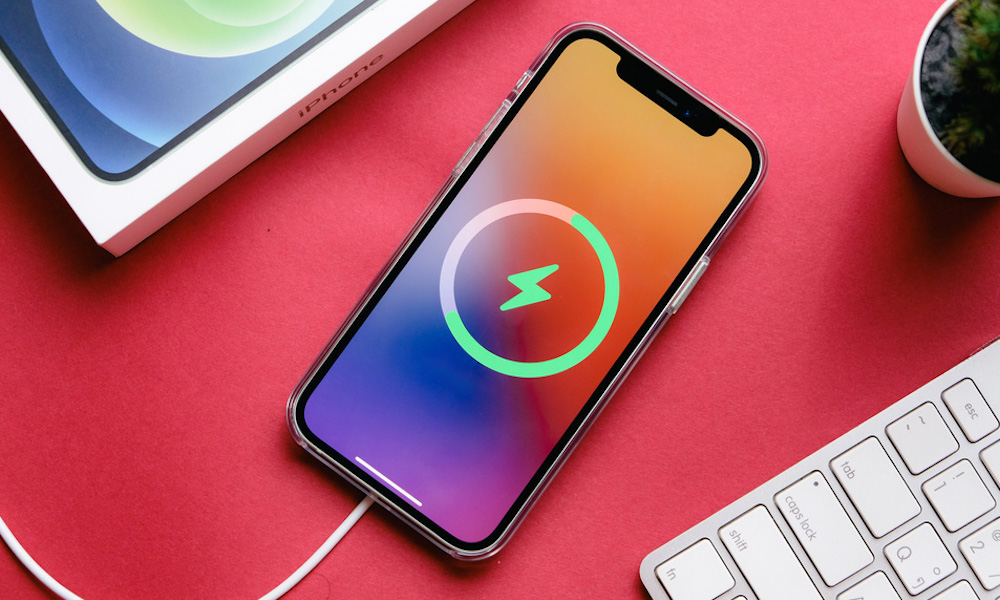
Unfortunately, there’s a catch regarding Qi2 support on the iPhone. Although Apple introduced MagSafe with the iPhone 12 lineup, it seems those models have been left out of the party.
It’s likely MagSafe changes made in the iPhone 13 had something to do with this; while there was a lot of speculation at the time that those upgrades might bring features like faster charging or reverse wireless charging to the iPhone 13, nothing ever came of it back then. However, Apple may have been laying the groundwork for the new Qi2 MPP standard.
Either way, Qi2 charging will only be supported on the iPhone 13 and later, so if you’re still rocking an iPhone 12, you’ll have to opt for Apple’s MagSafe accessories. Plus, while Qi2 was supported on the entire iPhone 15 lineup out of the gate, Apple didn’t add it to the iPhone 13 and iPhone 14 until iOS 17.2 landed in December.
Keep in mind that, like MagSafe, Qi2 chargers are fully backward-compatible with the Qi BPP and EPP standards, so even if you’re using an iPhone 12, you’ll still get power from a Qi2 charger, but it will be limited to 7.5 watts like any other magnetic Qi charger.







